Wind Tunnel
This compact open-circuit sub-sonic wind tunnel training equipment is designed for benchtop use.
The wind tunnel is designed to teach aerodynamic principles and exploration of fluid flow. Suitable for college to undergraduate teaching, it features a computer-controlled fan, data acquisition, and multiple experimental setups controlled by a touchscreen interface and also includes LED flow visualization.
The wind tunnel has a 125mm transparent test section and 25m/s wind speed.
The wind tunnel has a honeycomb structure built into the contraction nozzle (ratio 9.2:1), which ensures uniform flow through the test section. The clear test section allows for visibility and a clear understanding of the observed behavior. The air exits through a variable speed-controlled fan, with a finger guard covering the back.
Built-in data acquisition allows users to have direct output of pressure readings from pitot static tube and pressure tapping's. It also allows for real time lift and drag force components to be logged. Different drag shapes are provided along with multiple NACA profile aerofoils. Simple thread attachment allows students to design their test pieces for analysis.
A smoke generator (provided) can be used to create streamline smoke trails over the test objects for visualization of flow patterns.
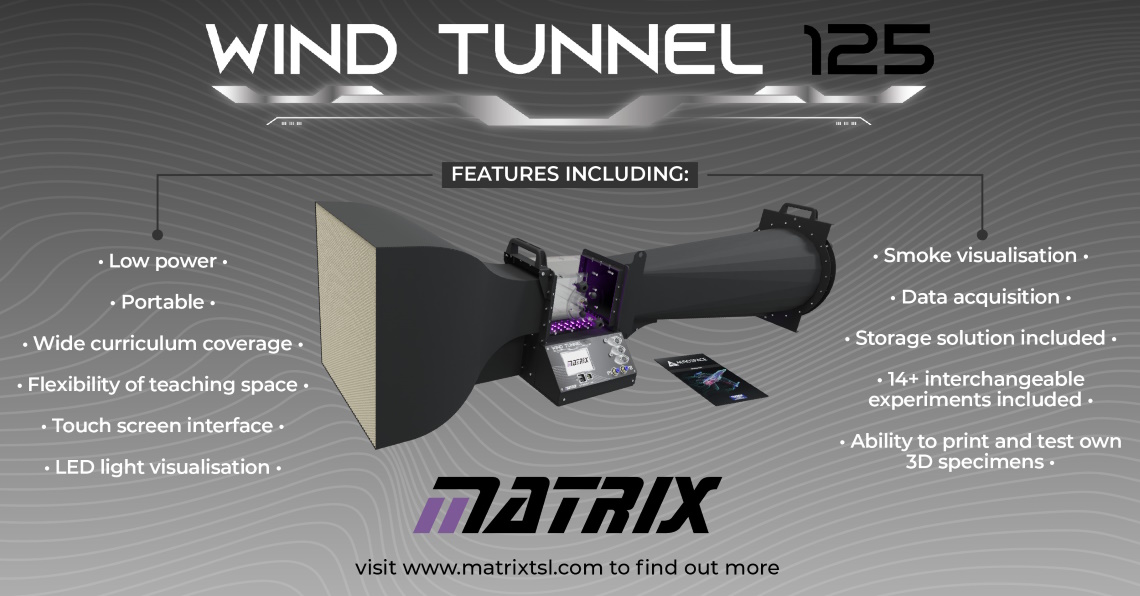
Wind Tunnel Experiments
There are over 14 experiments included with the wind tunnel. Along with the following, students can 3D print endless variations by creating a shape and adding a simple M3 thread, which then attaches directly to the 2-force component unit for testing.
Pilot static tube
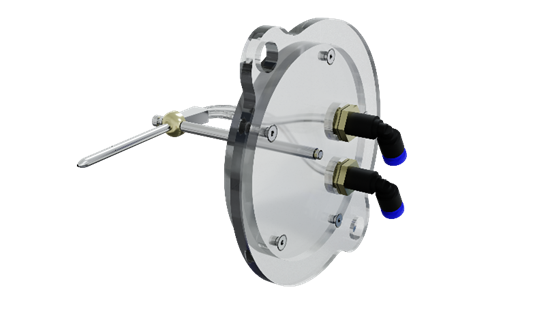
6 drag shape specimens
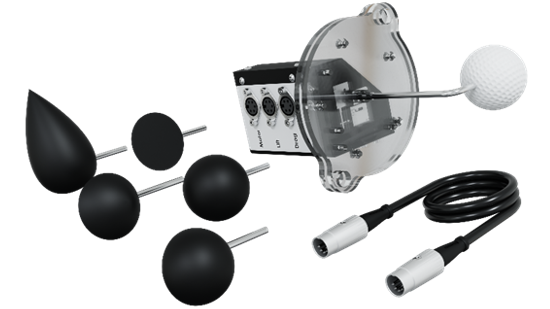
Pressure tapped cylinder
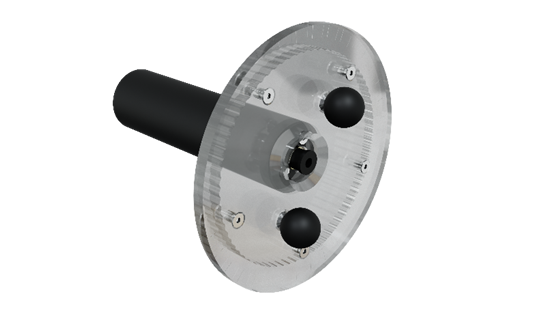
3 data acquisition cables
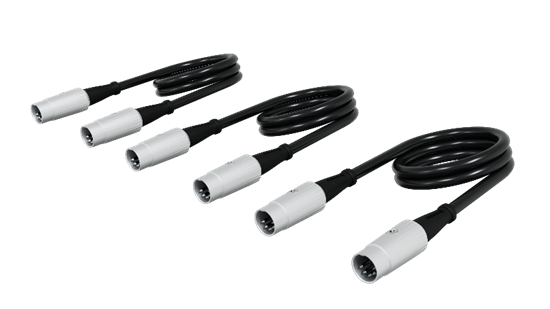
Pressure tapped aerofoil

3 aerofoil shapes
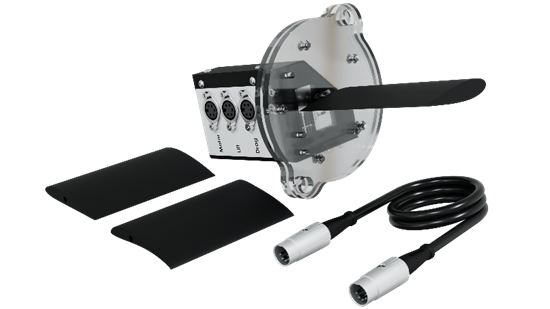
2 component force with angle of attach numerical control
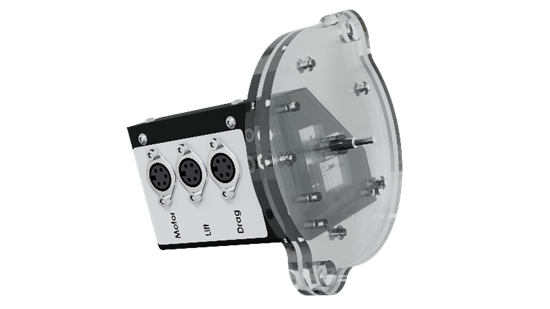
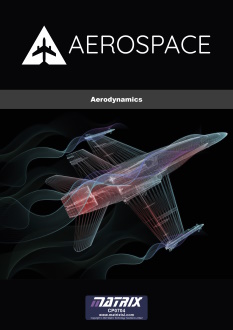
Aerodynamics
The wind tunnel teaches many aerodynamic principles such as:
- Bernoulli’s equation
- Air flow over aerofoils
- Air flows around blunt and streamlined shapes
- Pressure distribution around a cylinder and aerofoil
- Lift and drag forces for blunt and streamlined shapes
- Flow visualization
- Manometers



